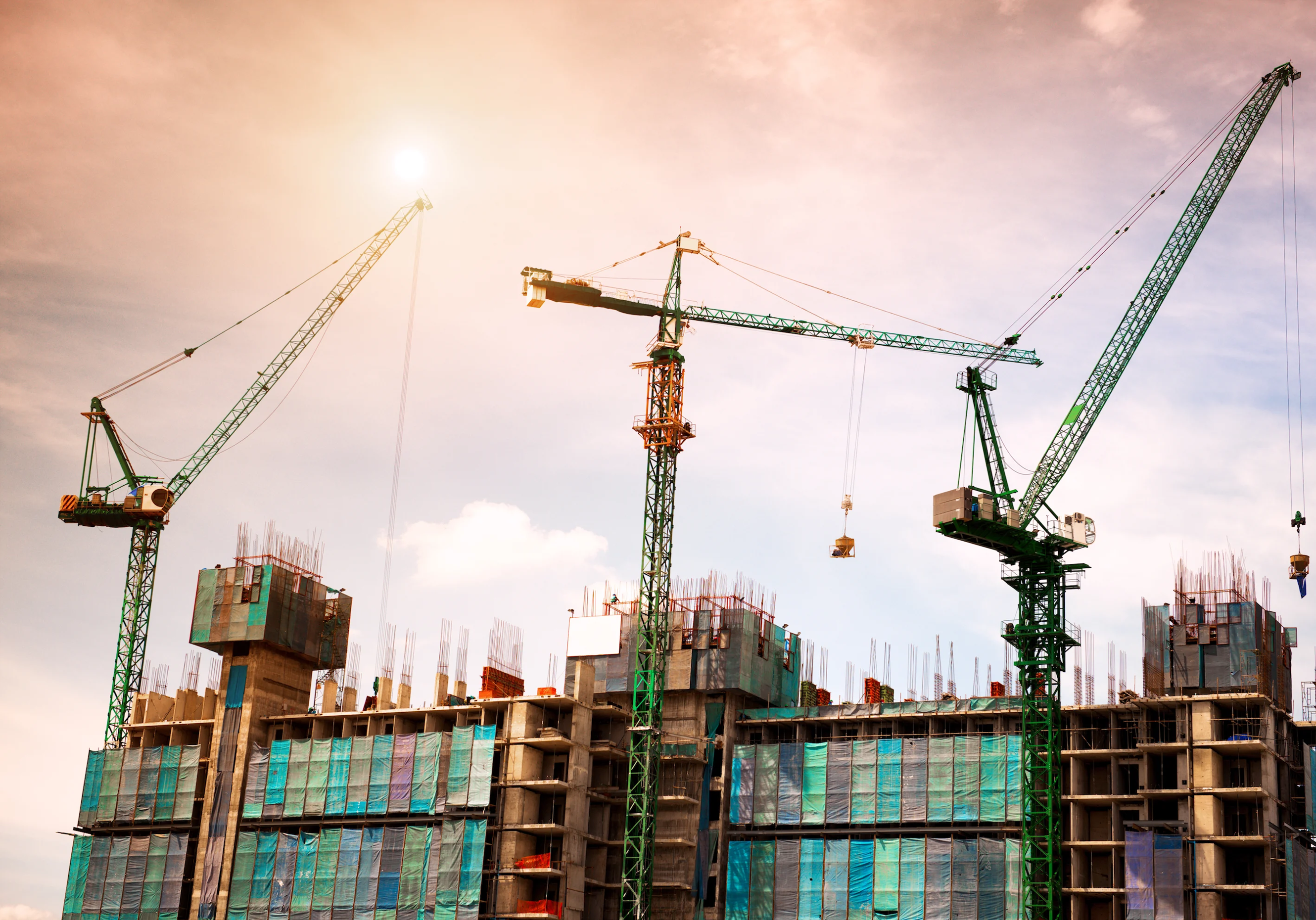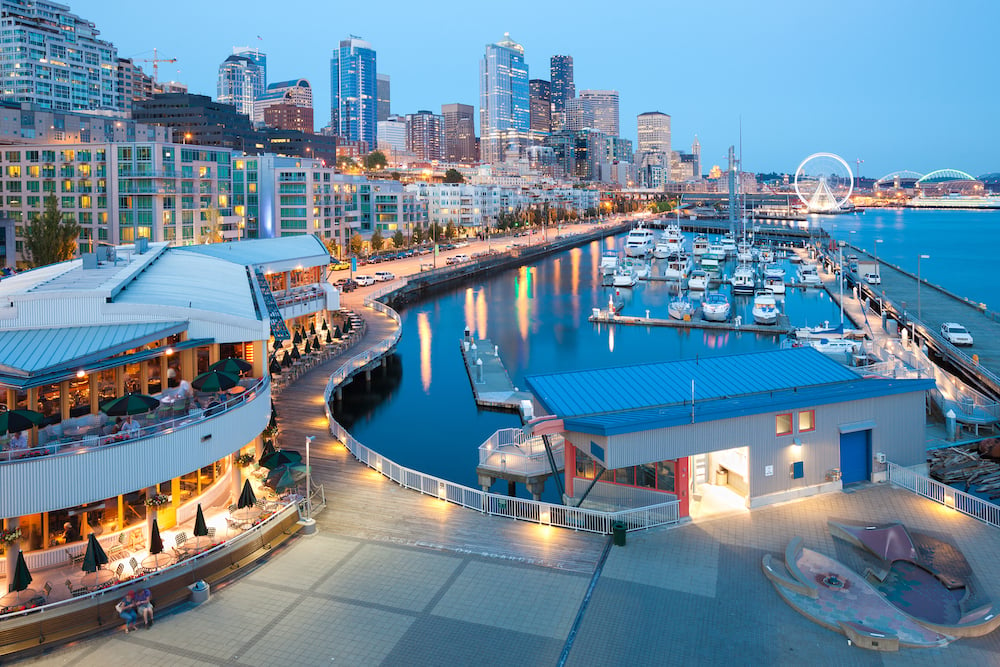In Part IV of The Basics of Commercial Lines Rating series, we’ll explore what it takes to “go green” from a rating and underwriting perspective.
If there’s a silver lining to property damage, it’s the chance to go green. Green construction is a hot trend in the industry, and it’s popular with policyholders who need to rebuild. While green construction offers a number of environmental benefits, it also requires pre-planning from an insurance standpoint.
What is "green" construction?
When a builder talks about “going green,” they’re not talking about the paint job. In construction, “green” can refer to both the structure and its operation. Green buildings are characterized by either enhanced energy efficiency or by the use of designated green standards in design, construction, manufacture, or operation. These standards, which are set by outside organizations, require the use of environmentally preferable and sustainable materials, products or methods.
Organizations that set green standards are known as, unsurprisingly, green standards-setters. Some of the big ones include:
- The Leadership in Energy and Environmental Design (LEED®) program of the U.S. Green Building Council
- ENERGY STAR, a joint program of the U.S. Environmental Protection Agency and the U.S. Department of Energy
- Green Globes™, a program of the Green Building Initiative
Related:
WSRB's Essential Guide to Commercial Property Risk Assessment
Three elements of green coverage
In green construction or re-builds, there are three coverage areas to understand: Green Upgrade Coverage, Related Expenses, and Business Interruption. Let’s look at each of these in detail.
Green Upgrade Coverage
Green construction is almost always more expensive than standard construction. Green upgrade coverage takes into account the added cost of using energy-efficient, environmentally preferred materials as recognized by a green standards-setter. It modifies existing Replacement Cost coverage to provide an additional limit of insurance to address loss settlement for damaged property.
Be aware that green upgrade coverage:
- Applies to selected buildings and/or business personal property as scheduled in the endorsement.
- Does not apply to personal effects, property of others, leased property, or stock.
- Does not pay to repair or replace property solely to gain certification or recertification by a green standards-setter.
- Does not include Ordinance Or Law Coverage.
Related Expenses
Green upgrades also incur extra expenses, and an additional limit of insurance is required to cover them. These related expenses include:
- Waste reduction and recycling costs.
- Professional fees for design and engineering of green upgrades.
- Certification fees and related equipment testing.
- Building air-out and related air testing.
Business Interruption
All businesses will experience some degree of disruption during reconstruction. But because a green upgrade typically takes longer to complete, it helps to add a Business Interruption Option. This option extends the period of restoration on an existing Business Income Coverage or Policy. A few specifics to note:
- Green deconstruction involves salvaging as many usable materials as possible, so it usually takes more time than standard deconstruction.
- This option extends the period of restoration to accommodate the additional time green deconstruction can take.
- It does not increase the Business Income limit of insurance shown on the policy.
Related:
Rating Commercial Property
Green Upgrade Coverage Calculations
Now that we’ve outlined the basics, let’s look at green coverage in action. The example below shows how to calculate a rate with these options. To make your calculations, you’ll need to refer to the tables in the Commercial Lines Manual (CLM) state rules, Divisions Five and Ten, to find applicable factors.
(Excerpt from Forms CP 04 02 and BP 14 75, Increased Cost of Loss and Related Expenses for Green Upgrades).
|
|
|
Green Upgrades |
|
|
Number of Days For Extended Period Of Restoration |
|
|
Premises Number |
Building Number |
Building |
Your Business Personal Property |
Increased Cost of Loss (%) |
Related Expenses |
|
|
1 |
1 |
$400,000 |
|
50% |
$10,000 |
60 |
Underlying building limit of insurance = $1,000,000
Rate for illustration purposes = .065
Maximum amount
- $400,000 ÷ $1,000,000 = .40
- .40 ÷.50 = .80 Ratio
- .80 ratio = .60 Modification factor (from the CLM state rules table)
- .065 x .60 = .039 Green Upgrades rate
- .039 x ($400,000 ÷ 100) = $156. Green Upgrades premium
Repeat for each cause of loss per Division Five Fire and Allied Lines.
Related Expenses calculation:
- .065 x .10 factor = .0065 (from the CLM state rules table)
- .0065 x ($10,000 ÷ 100) = $1. Related Expenses premium
Business Interruption calculation:
Multiply the Business Income Rate for each cause of loss times the factor from the table in the CLM state rules, Division Five.
OR
Develop the additional premium by multiplying the building and/or personal property premium by the factor from the table from the state rules of the CLM - Division Ten.
(Excerpt from CLM Division Five) (Excerpt from CLM Division Ten)
|
Number of Day’s Extension |
Factor |
|
Number of Day’s Extension |
Factor |
|
60 |
1.02 |
|
60 |
0.002 |
|
90 |
1.03 |
|
90 |
0.004 |
|
120 |
1.04 |
|
120 |
0.005 |
|
180 |
1.05 |
|
180 |
0.007 |
Need more information about rating green upgrades? Start by referring to Division Five and Ten of the Commercial Lines Manual.











